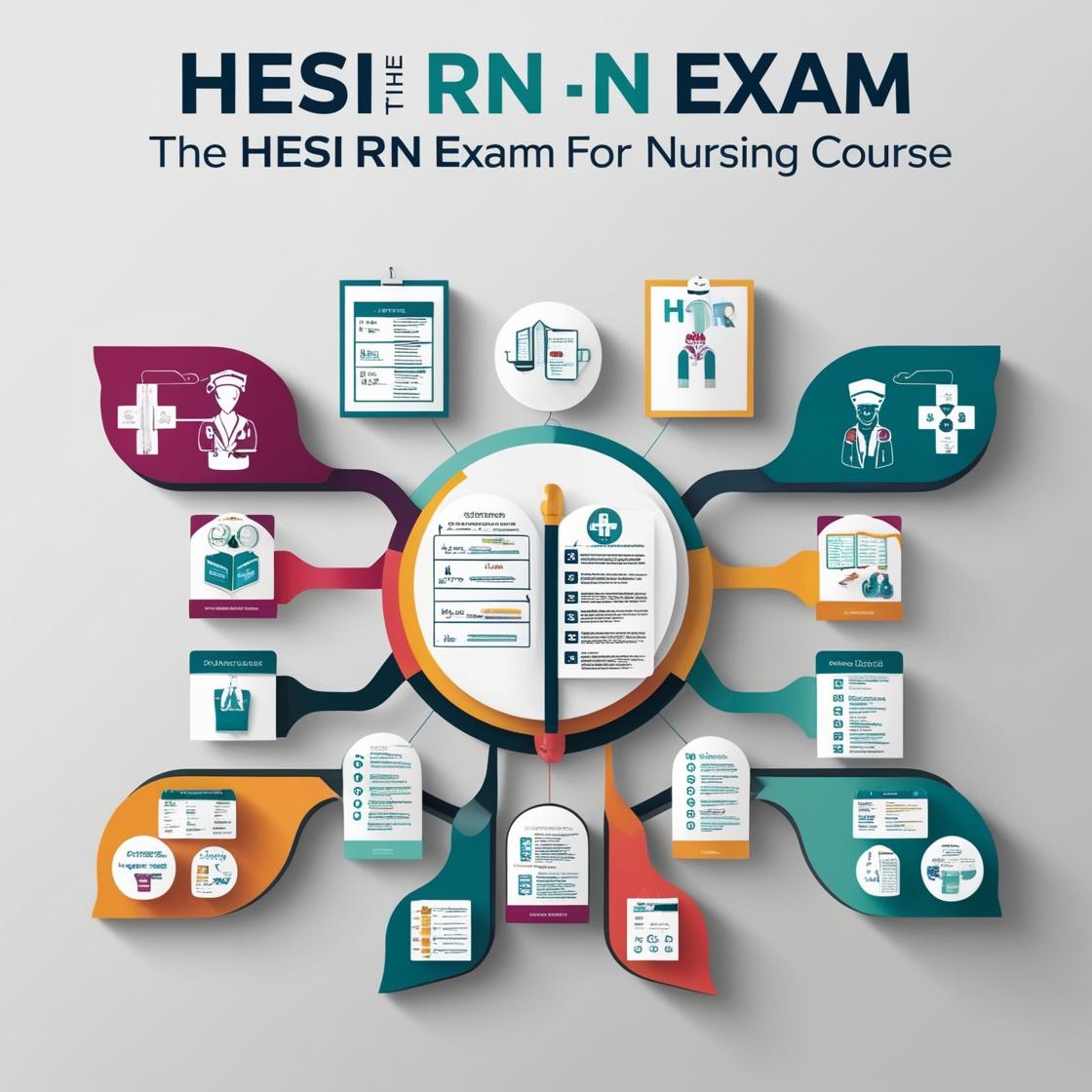HESI RN
Community Health HESI
1. The nurse is caring for a client with Addison's disease. Which finding requires immediate intervention?
- A. Hyperpigmentation of the skin.
- B. Low blood pressure.
- C. Nausea and vomiting.
- D. Hypoglycemia.
Correct answer: B
Rationale: Low blood pressure in a client with Addison's disease requires immediate intervention as it can indicate an Addisonian crisis, a life-threatening condition that necessitates prompt treatment. Hyperpigmentation of the skin is a characteristic finding in Addison's disease but does not require immediate intervention. Nausea and vomiting can be managed symptomatically in Addison's disease. While hypoglycemia needs attention, it is not the most critical finding requiring immediate intervention in this context.
2. A community health nurse is helping a group of nursing students plan a tertiary prevention program for a local community clinic that serves a majority Hispanic population. Which service project meets the requirement of a tertiary prevention program and would best serve this population?
- A. teaching clients about recommended immunizations for children
- B. demonstrating foot care to a group of clients who have diabetes
- C. taking blood pressures at a local shopping mall in the community
- D. instructing teens about prevention of sexually transmitted diseases
Correct answer: B
Rationale: The correct answer is B. Tertiary prevention focuses on managing and improving health outcomes for existing conditions, such as diabetes. Demonstrating foot care to clients with diabetes aligns with this level of prevention by helping to prevent complications and promote better health outcomes. Choices A, C, and D do not specifically target existing conditions or chronic diseases, which are the focus of tertiary prevention programs.
3. A public health nurse is evaluating a program designed to reduce the incidence of diabetes in the community. Which outcome indicates that the program is successful?
- A. increased participation in diabetes education sessions
- B. higher rates of blood glucose monitoring
- C. reduced incidence of diabetes-related complications
- D. greater knowledge of diabetes prevention methods
Correct answer: C
Rationale: The correct answer is C: 'reduced incidence of diabetes-related complications.' This outcome indicates that the program is successful because it shows that individuals are effectively managing their condition, leading to fewer complications. Increased participation in education sessions (choice A) and higher rates of blood glucose monitoring (choice B) are important but are more process indicators rather than direct outcomes of improved health. Greater knowledge of prevention methods (choice D) is beneficial but may not directly reflect a reduction in diabetes incidence or complications.
4. The nurse is teaching a group of new mothers about infant care. Which topic should the nurse prioritize?
- A. signs of infant dehydration
- B. proper diaper changing techniques
- C. immunization schedule
- D. breastfeeding positions
Correct answer: A
Rationale: The correct answer is A: signs of infant dehydration. Recognizing signs of dehydration is crucial for ensuring the health and well-being of infants. Dehydration can be life-threatening for infants if not addressed promptly. While proper diaper changing techniques, immunization schedules, and breastfeeding positions are also important topics in infant care, being able to identify signs of dehydration takes precedence as it requires immediate attention to prevent serious consequences.
5. A 9-year-old is hospitalized for neutropenia and is placed in reverse isolation. The child asks the nurse, 'Why do you have to wear a gown and mask when you are in my room?' How should the nurse respond?
- A. To protect myself from your germs.
- B. To protect you because you can get an infection very easily.
- C. Until your white blood cell count increases.
- D. To keep others from getting your infection.
Correct answer: B
Rationale: Reverse isolation precautions protect the client from exposure to microorganisms from others.
Similar Questions

Access More Features
HESI RN Basic
$69.99/ 30 days
- 50,000 Questions with answers
- All HESI courses Coverage
- 30 days access @ $69.99
HESI RN Premium
$149.99/ 90 days
- 50,000 Questions with answers
- All HESI courses Coverage
- 30 days access @ $149.99
